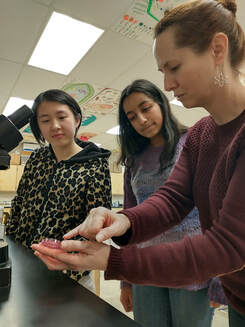 Time flies when you’re having fun! I can’t believe I am already approaching Week 6 of TRIP. The past few weeks, I conducted my kickoff experiment examining the effect of valerian and constant darkness on female fertility. Using the female fertility assay, I quantified the number of embryos per female and the % hatching of embryos. More embryos per female and a greater % hatching indicate that the females are more fertile and produce more viable offspring. My results indicate that both valerian and constant darkness increase female fertility. However, I was surprised to see that many of the flies in the constant darkness vial died after the first 7 days, thus indicating the negative effects of a disrupted circadian rhythm (sleep/wake cycle). By combining valerian and constant darkness, not only did female fertility increase the most, but some of the negative effects of constant darkness were also ameliorated. Besides collecting data for my assay, I also learned how to collect developmental data by looking at the total number of pupal cases and then calculating the % eclosion (empty pupal cases/total pupal cases). In addition to learning basic lab skills such as making fly food, making grape plates, and sorting flies using CO2, I have seen how science is a process of trial and error. Sometimes you lose a couple of flies when transferring flies between vials or have difficulty distinguishing between an unhatched embryo versus a larva — and that’s ok. Some skills are harder to master at first such as sorting flies efficiently. However, I believe with practice, I will be sorting flies quicker in the coming weeks. Since the moment I stepped into the lab about 5 weeks ago, I have definitely grown as an aspiring scientist. For this, I am grateful for Dr. Purdy, Dr. Leystra, the TAs Austin and Keith, and my TRIP classmates.  Looking ahead, for my independent project I am interested in comparing the effects of red yeast rice versus CoQ10 on overall health due to a personal connection to this topic. CoQ10 is a dietary supplement that helps improve heart health. My uncle takes various dietary supplements including CoQ10. After finding out that CoQ10 can be derived from red yeast rice, which is found in fermented red bean curd and other Chinese foods, I was curious about whether my uncle could eat foods with red yeast rice instead of taking CoQ10 tablets for similar health benefits. I look forward to examining this question in the coming weeks.
0 Comments
Hi again, readers! These past few weeks have flown by quicker than fruit flies escape from the vials—and all of my TRIPmates would certainly agree that they’re pretty quick. But in all seriousness, I’ve had a lot of fun creating solutions, sorting fruit flies, presenting to the class and performing behavioral assays. My fantastic peers have certainly assisted me along the way and I have enjoyed getting to know them a little bit more. Fruit fly development has also been a blast to watch and since I absolutely enjoy counting birds, counting the number of pupae in a fly vial isn’t much different. Similarly, contrary to the reaction of some of my peers, I was delighted to have the opportunity to sort fruit flies into specific quantities. I enjoyed picking out the details between male and female flies, noting particular postures and field marks, just like with bird identification.  For my introductory experiment, I determined how the yellow flower typically used for depression, St. John’s Wort, along with head trauma, affects anxiety levels in the flies. Using my newly acquired knowledge about making solutions and inducing head trauma, I inflicted these onto my flies. After waiting a few weeks, I performed the open field test assay, measuring how anxious flies generally gravitate toward the edge of a container while unconcerned flies generally stay toward the center. I concluded that flies with St. John’s Wort were less anxious than those with head trauma. Interestingly, the St. John’s Wort flies seemed to develop slower than the rest. I decided to research how monosodium glutamate (MSG) affects fruit fly fertility Now for the thing that’s been on my mind for nearly half a year now—my independent project! After a bit of deliberation, I decided to research how monosodium glutamate (MSG) affects fruit fly fertility. MSG has been involved in much of the average person’s daily diet, including my own. As a common ingredient in many diets, MSG has been subject to many conflicting studies about its true effects on your health. As a result, I plan on testing their fertility while recording developmental data. I’m excited to see how my results turn out and if I can help contribute to the MSG debate scientifically!
It’s hard to believe we’re almost halfway through the program already! The past few weeks have involved a lot of learning, experimenting, and collaboration. It’s also been really enjoyable getting to know everyone more!
 For my independent project—after spending quite a while trying to sift through my ideas, I finally settled on noise pollution and its effects on overall health. Noise pollution is a major problem, especially in cities, that many people don’t even realize exists. It’s often overlooked because it’s not a tangible form of pollution the way air and water pollution are, but it’s pretty important as well! I experienced it a bit when I did a summer camp in the city. To me, it wasn’t too much more than an incredible nuisance, but studies show that, long term, it has adverse effects on sleep, stress, blood pressure, and more. Last time I was in the lab, we were working on fine-tuning our proposals for our independent planning projects. After a lot of planning, planning, and more planning, I now have a pretty solid idea of what I will be doing! I will be using the female fertility assay and also analyzing developmental data which will allow me to observe effects on oogenesis, spermatogenesis, embryogenesis, and overall health. I finally settled on noise pollution and its effects on overall health Next Saturday, I’ll be officially starting my project. I can’t wait to get started! Thanks for following along so far, and I’ll be back with more updates in no time!
I am finishing up my kick-off experiments, which, if you do not remember, focused on the effects of Ginkgo Biloba as a medicinal tool to treat brain damage. To do this, I treated the flies to a negative geotaxis assay, which generally measured their brain activity, as well as taking developmental data. Surprisingly, Ginkgo Biloba is an excellent brain healing tool! In terms of my independent project, I am interested in the effects of a relatively new drug. Kratom. It is an opioid adjacent substance whose research is very limited. From what we know, it acts as a stimulant at low doses and as a inhibitor at high doses, it also demonstrates the common pitfalls of opioids, its addictive nature, contribution to liver failure, and permanent neurological damage. I believe that researching Kratom on flies can provide a translational red flag for more research that can hopefully build into conclusive data regarding higher order animals such as primates or humans.
|
Archives
April 2024
Categories
All
|

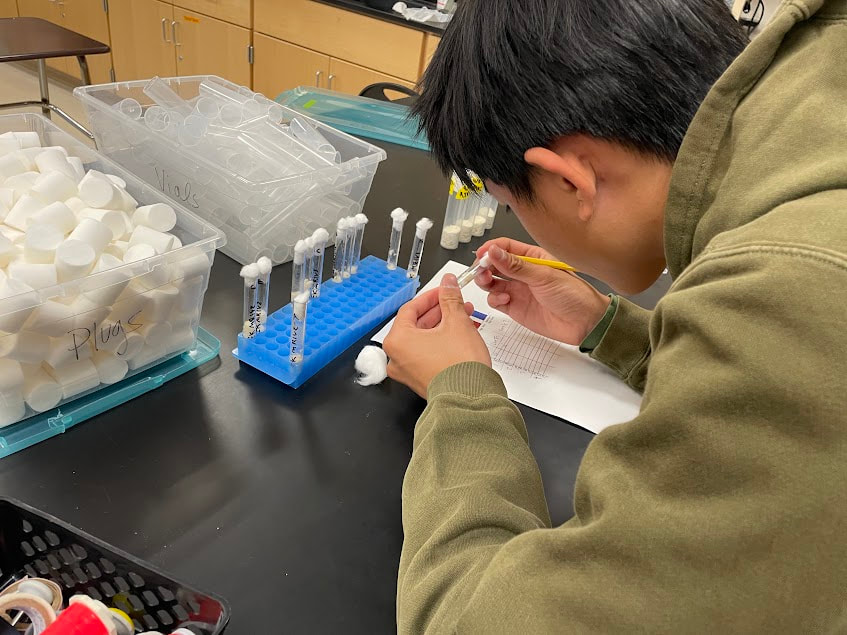






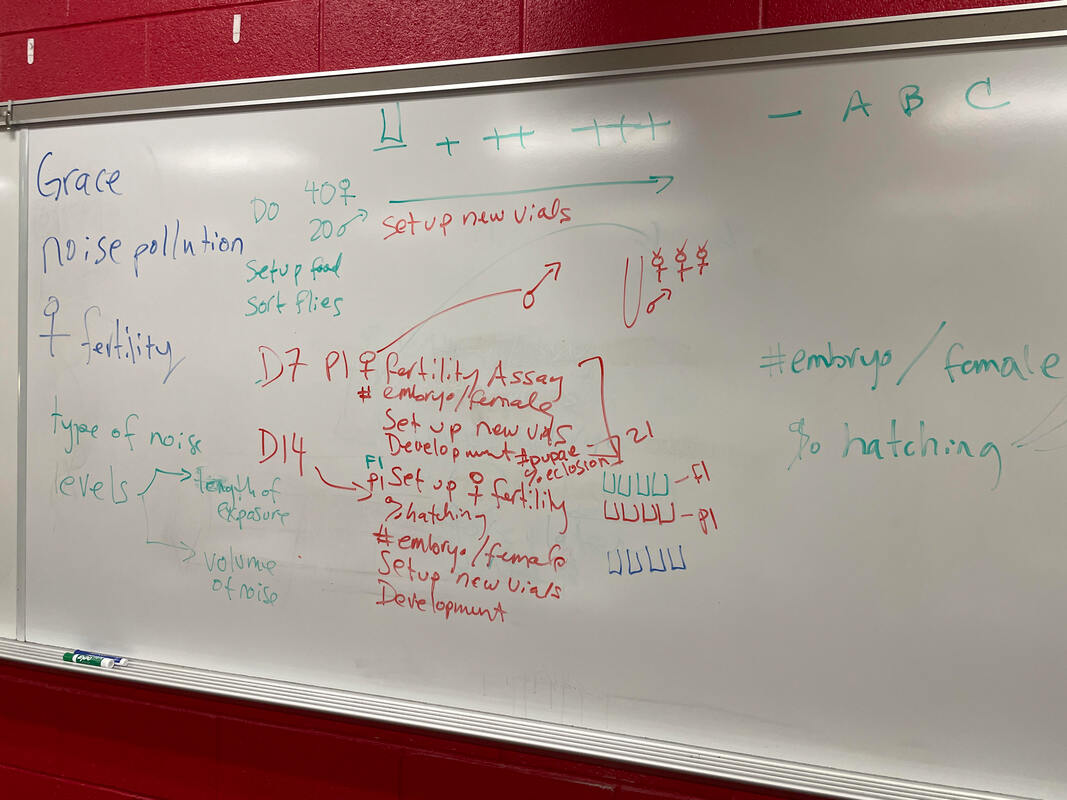
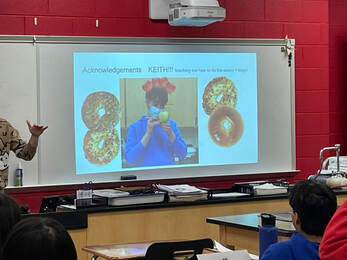

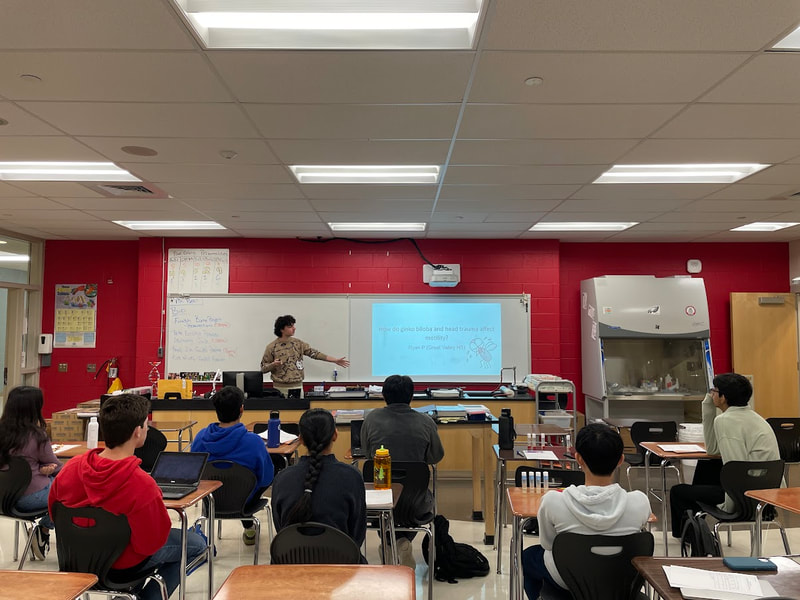
 RSS Feed
RSS Feed